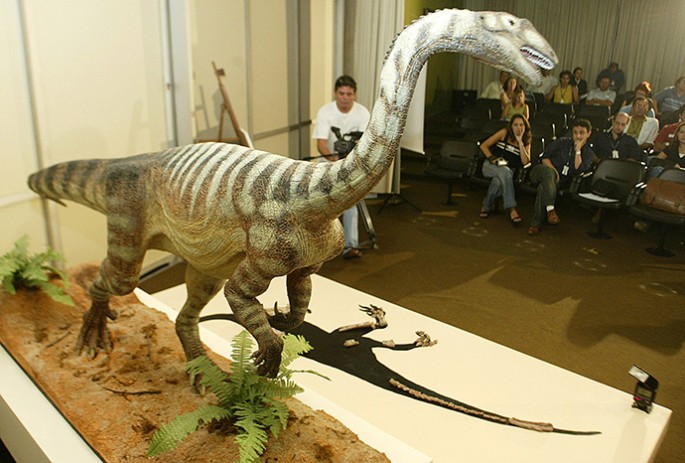The world's largest herbivores are threatened with extinction due to an "empty landscape" and humans are partly to blame, according to a new study. In particular, 74 large herbivore species in Africa, Southeast Asia and India are diminishing.
According to the researchers, the results surprisingly show that hunting by humans and habitat change are the twin threats or the two main factors in herbivore declines. Among the large herbivore species diminishing in deserts, forests, grasslands and savannahs are elephants, camels, tapirs, rhinoceroses and zebras.
Published in Science Advances, the new study was conducted by an international team of wildlife ecologists led by Oregon State University's College of Forestry professor William Ripple.
Through a comprehensive analysis of data with endangerment status, key threats and ecological consequences of population decline, the authors studied 74 large herbivore species, animals that subsist on vegetation and weigh more than 100 kilograms or 220 pounds.
The researchers found out that radical intervention is needed to stop the continuous diminishing of the population of large herbivores, as well as several smaller ones, from many areas with massive social, ecological, and economic costs.
"I expected that habitat change would be the main factor causing the endangerment of large herbivores," Oregon State University quoted Ripple as saying.
Ripple explained that their analysis shows that "it goes well beyond forest landscapes to savannahs and grasslands and deserts" so they coined a new term "the empty landscape."
As the researchers noted, the two main purposes of herbivore hunting are meat consumption and the global trade in animal parts.
According to Oregon State's Department of Fisheries and Wildlife assistant professor Taal Levi, who also co-authored the study, it is difficult to remedy the causes of the decline of some large herbivores "in a world with increasing human populations and consumption."



























